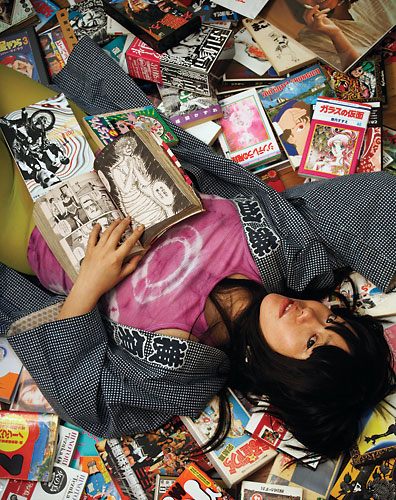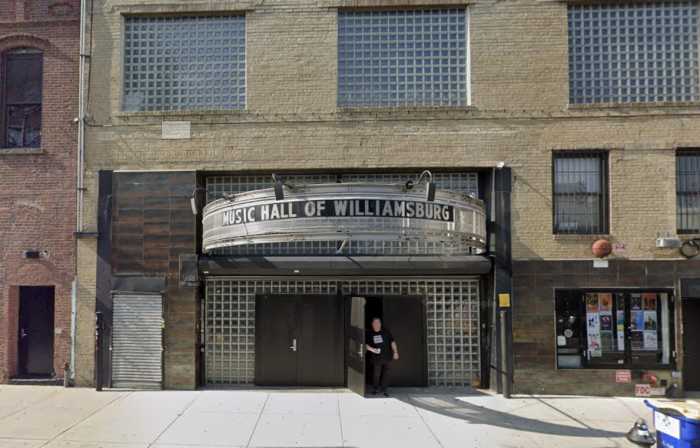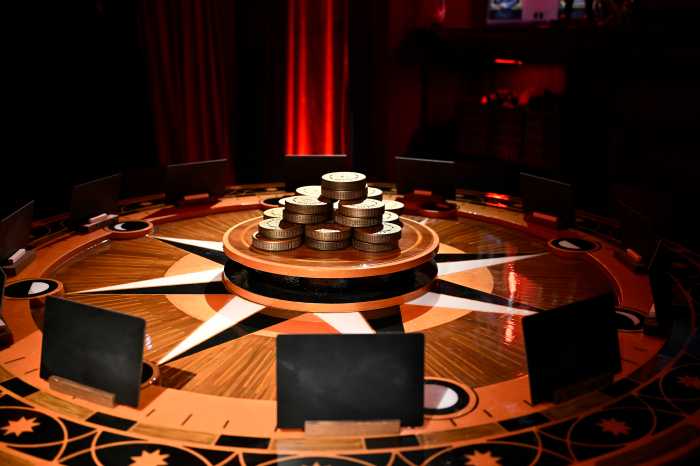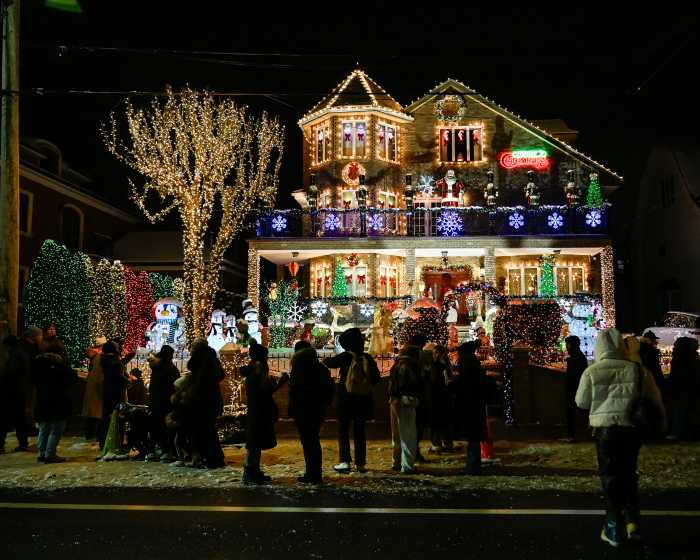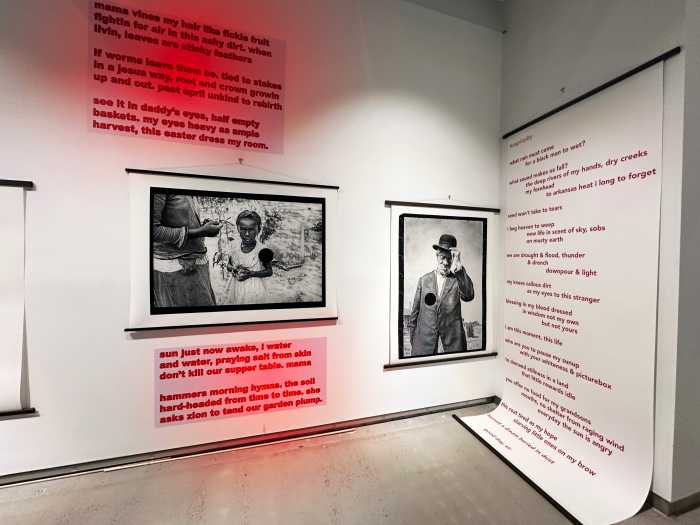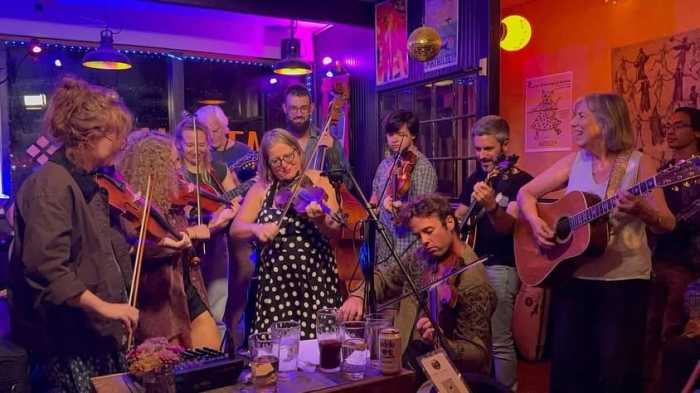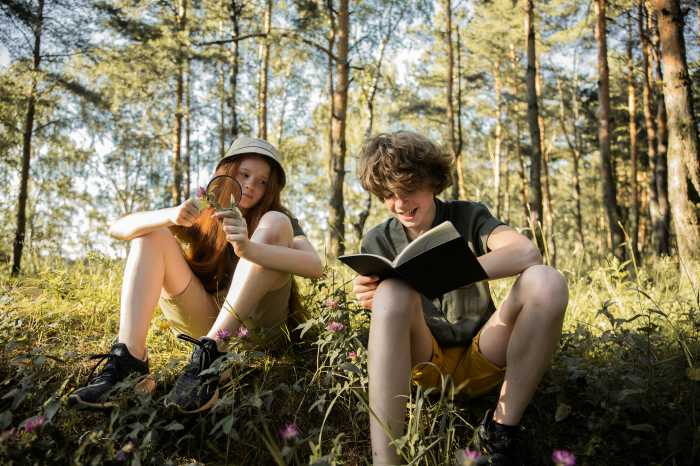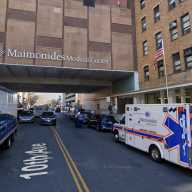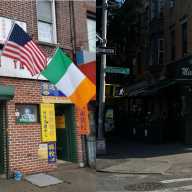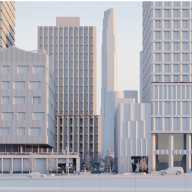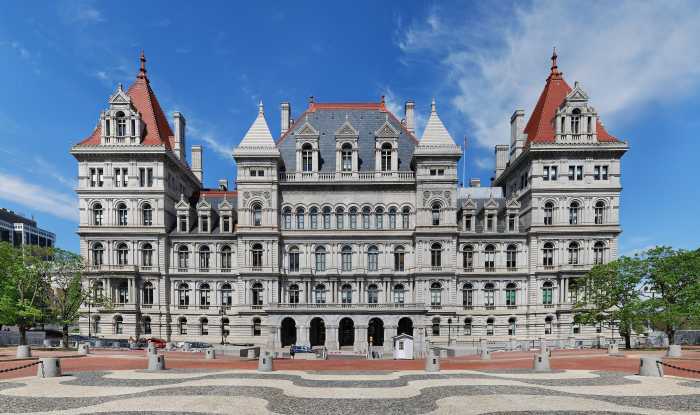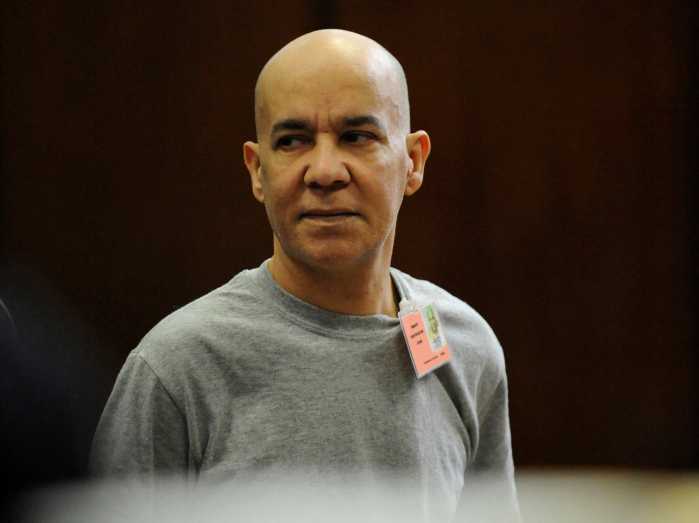There’s a virus spreading through the borough. Triggered by the blooming of the Brooklyn Botanic Garden’s collection of cherry blossom trees, it seems that no one is immune from becoming infected with excitement over this gorgeous horticultural event.
“Hanami,” the Japanese tradition of savoring each moment of the cherry blossom-viewing season, spans from Saturday through May 11 throughout the Garden’s Prospect Heights grounds.
It lasts so long because the garden’s collection of more than 200 trees includes dozens of kinds of cherries that bloom at various times according to BBG’s Director of Public Programming, Anita Jacobs.
“Our festival is based on the Japanese concept of beauty in the moment,” explained Jacobs. “Experiencing something very intensely and celebrating it, understanding that it will soon be gone.
“One of my favorite times is when the petals are on the ground, a cherry blossom snowstorm,” said Jacobs. “This is one of the phases of the viewing, and people come just to see that. Kids and adults throw the petals into the air.”
“Hanami” will — ideally — culminate with the spectacular blooming of the showy double blossoms of the upright “kanzan” cherries in the Cherry Esplanade during the garden’s action-packed “Sakura Matsuri” festival on May 3 and 4. Under a tent, in their buildings and scattered throughout the grounds, BBG will present Japanese arts and culture: live music, dance and theater; workshops for adults and children; exhibits; demonstrations; and of course, the spectacular flowering of those cherry trees.
Until then, blossom buffs can keep abreast of the activity of the garden’s blooming progress — already underway — on its “Cherry Watch” Web site, www.bbg.org/cherrywatch, and then visit the garden often to appreciate the bud, blossom and showers of falling petals. After all, the ancient purpose of “Hanami” is to stop and smell the roses, or in this case, the short-lived cherry blossoms.
“We’ve done a lot to make [the Web site] more exciting and user-friendly,” said Jacobs, who has worked at the Brooklyn Botanic Garden for eight years, and attended the first blossom festival in 1981. “So you can go to the map to see what’s in bloom or in pre-bloom and then see a photo of what that looks like.”
Garden visitors can complete their experience with a snack or meal in the garden’s cafe, which Jacobs said has created a Japanese menu for “Hanami” (or they can visit one of the restaurants in our dining guide on page 9, of course).
Beginning this weekend, the garden is unveiling an exhibit of artwork in the Steinhardt Conservatory by two artists who have been inspired by those evocative petals: “Cherry Blossom Visions: Works by Charles Gustina and David Wander.” Gustina “takes photos and pastes them into a quilt-looking mosaic,” said Jacobs, while Wander has created “dreamy, evocative” oil paintings of the blossoms.
Jacobs says the fascination with cherry blossoms isn’t limited to garden visitors; “sakura” mania has taken on national and global proportions — especially in the fashion world.
“On Fifth Avenue in Park Slope, every other clothing shop has cherry blossom imagery,” said Jacobs. “In France, last year, I saw cherry blossoms on sneakers. Everyone is producing cherry blossom everything. It’s becoming explosive. The excitement over Japanese culture keeps escalating.”
Even Provence, France-based fragrance company L’Occitane has created a line of cherry scents, soaps and lip glosses, which they will offer samples of during “Sakura Matsuri.”
Other cultural institutions in Brooklyn — as well as those of New York’s other boroughs — have jumped on the garden’s Japanese culture bandwagon, but Jacobs said there is something extra special about enjoying the music, dance, film and more slated for the first weekend of May at 900 Washington Ave.
“While the Japan Society and other incredible places do this kind of programming, they don’t have 220 trees,” said Jacobs. “It makes for a different sensory experience. The audience is looking at this amazing dance performance with blossoms falling in their hair and the smell of the trees surrounding them.
“It’s a very different environment, that’s what makes us unique,” she maintained. “[‘Sakura Matsuri’] is the largest public event of any botanic garden in the country, and the excitement keeps building.”
Turning Japanese
The Brooklyn Botanic Garden’s successful celebration of this Japanese rite of spring — last year was their highest attendance so far, said Jacobs — has encouraged neighboring cultural institutions to offer Japanese programming, too. The Brooklyn Museum has dedicated its First Saturday program on April 5 to Japanese poetry, art, DJs, film and more with its “Japanimated” lineup.
The museum has already unveiled its exhibit of woodblock prints from the Utagawa school — several capturing Japanese folk enjoying cherry blossoms over a century ago — and will open its retrospective of works by contemporary artist Takashi Murakami this weekend. The museum will reveal “Japonisme in American Graphic Art, 1880-1920,” 25 works on paper from its collection demonstrating the impact of Japanese art on the graphic arts of America, on April 16.
The Brooklyn Academy of Music in Fort Greene is celebrating Japanese filmmaker Tomu Uchida with screenings of rarely seen prints of his movies — inspired by traditional Japanese theater and folktales — from April 11–30.

11 at the Brooklyn Botanic Garden (900 Washington Ave. at Eastern Parkway in Prospect Heights). To track the cherry blossoms’ progress, visit www.bbg.org/cherrywatch. For more information, call (718) 623-7200.


